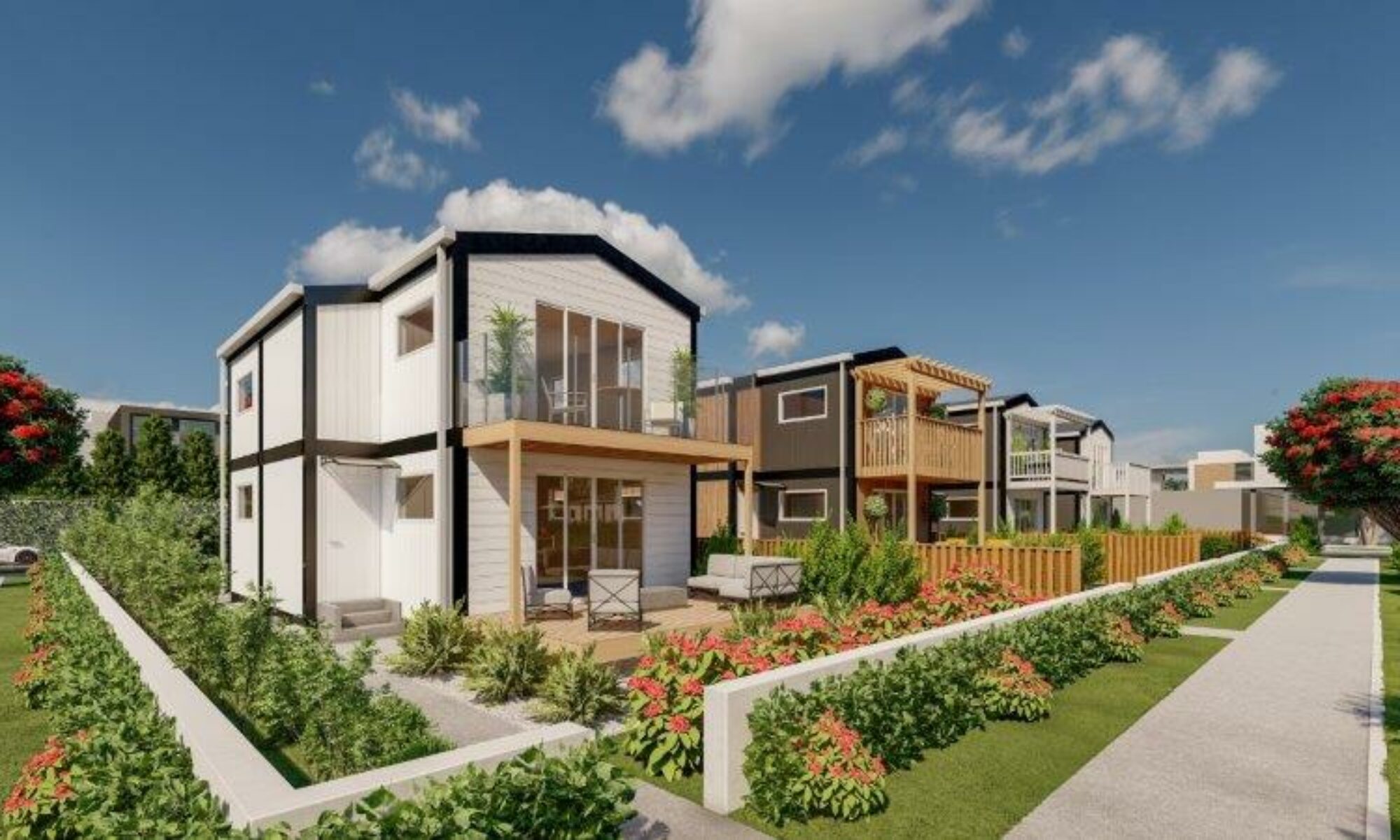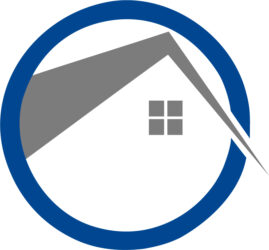The Hidden Costs and Pitfalls of Kitset Homes
Building a home in New Zealand is becoming increasingly expensive, and doing it on a budget may be extremely difficult due to both economic constraints and the numerous unforeseen difficulties that most new construction projects encounter. Getting ready for situations where an unforeseen change can result in extra costs is just one step in the planning process. Many businesses provide quotes for the best-case scenario when estimating the cost of a newly constructed home. But what about the unexpected charges that pop up during construction? We are confident that everyone who has constructed a new home has experienced common pitfalls in one way or another.
This article examines the additional expenses associated with constructing a new kitset home.
Kitset homes, also known as flat pack homes, are popular in New Zealand and becoming more and more popular among “do it yourself” builders in some European nations. The structure of the home is prepared in a factory and built on-site, usually with the help of a crane. Less than 100 kit homes are built in New Zealand annually, which is still a very low number. However, as more people become knowledgeable of the prospects, this figure is apt to improve.
Kit homes are becoming a hot topic in the business; while they can be a speedier and less expensive alternative to traditional housing, they are not without drawbacks. If you’re thinking about buying a kit home to build yourself, be sure to establish enough plans for the building’s primary cost and supplementary costs, so you won’t be caught off guard by any unforeseen costs that may develop.
A typical home construction project’s cost overruns can be significantly influenced by the weather. Cold weather can prevent concrete from setting, while rainy weather can prevent workers from getting to the site and hinder construction projects. While strong winds can further impede progress.
Even within itself, project management may be a nightmare. Your site will have backup plans in place for the majority of scenarios if it is done effectively and by a professional. The entire precession can, however, simply come to a halt if not done correctly or if one piece of the puzzle is out of place. When creating your home’s budget, you could run into situations that could result in higher building costs. Even though it’s impossible to predict these situations, you may make plans to prepare for them and be able to pay for them if they do. A lot of factors could affect how much it costs to build a house.
- Climate
- Site of construction
- Project size
- Design
- Regulator and insurance needs
- Plan quality
- The environmental conditions
- The inflation rate and other factors.
In order to be ready for the cost of any unforeseen event, it is only necessary to research the variables that could affect the construction of your home.
I can hear you saying, “But wait, isn’t my builder the project manager?” Yes in some circumstances, but not in others. A project manager is similar to an HR manager; while someone in marketing or operations may be able to complete a little amount of HR 101 owing to a university module, hiring an expert will ensure that you obtain the best results possible.
Search on websites like Builders crack if you need a builder or project manager. In either case, it’s wise to investigate someone’s background before hiring them. You should learn about their level of experience, method of operation, and additional aspects such as their,
- Dedication to projects
- Teamwork and communication skills
- Ability to adapt effortlessly.
- Efficiency
How much will the delays in the construction cost? It falls under the ancient type of inquiry that asks, “How long is a piece of string?” The definition of an “excused delay” is outlined in some building contract terms. These are typically unforeseen or unpredictable events (otherwise known as force majeure). Sometimes these factors will result in a specified cost impact; after all, a builder who is unable to work on your site because of the weather or because their goods weren’t delivered on time might have worked on another site that day, costing you money. The contract will specify how much that cost is anticipated to be. Some contracts contain even more specific language regarding “owner caused” delays. These become apparent when the owner modifies the project or plan, which affects the project and causes delays.
Consenting is another major issue. You will, most likely, need a building consent. You will need an LBP (Licensed Building Practitioner to sign off the building. LBP’s have personal liability, so it’s unlikely that they would sign off on something they haven’t built.
Therefore, even while it’s quite simple to discover a conventional pricing model to estimate the cost of building your new home , the actual cost is probably going to be very different. Don’t forget to include costs associated with inspections and consent as well.
Of course, you might simply avoid these inconveniences while still enjoying the benefits of moving into a brand-new house of your own. You may then wonder, “Is there any way to avoid these extra expenses while still getting the house of my dreams? ” Absolutely! The ideal, contemporary alternative to excessive expenditures and construction delays is a company like FirstBuild. If you want to save money, modular prefab homes are the best option. Before being transported to the construction site and assembled, prefabricated homes are built in a factory. Any climate issues that can arise while building on-site in a conventional manner are eliminated in this situation because it is manufactured in a factory. By doing so, delays brought on by inclement weather would not incur additional costs. Additionally, kitset homes cause significantly more on-site disruptions and damage to roads and driveways than prefab homes do. Similar to prefab homes, kitset homes are built in a factory; the only distinction is that you hire a builder to erect them on your property. In kit homes, the components are delivered, but the building is your responsibility. This could take some time, and any faults or delays in the construction process might cost more money.
An estimate from FirstBuild Homes is significantly closer to a set price than many other building projects because it includes consent, inspections, and site charges in the original price of the home.

